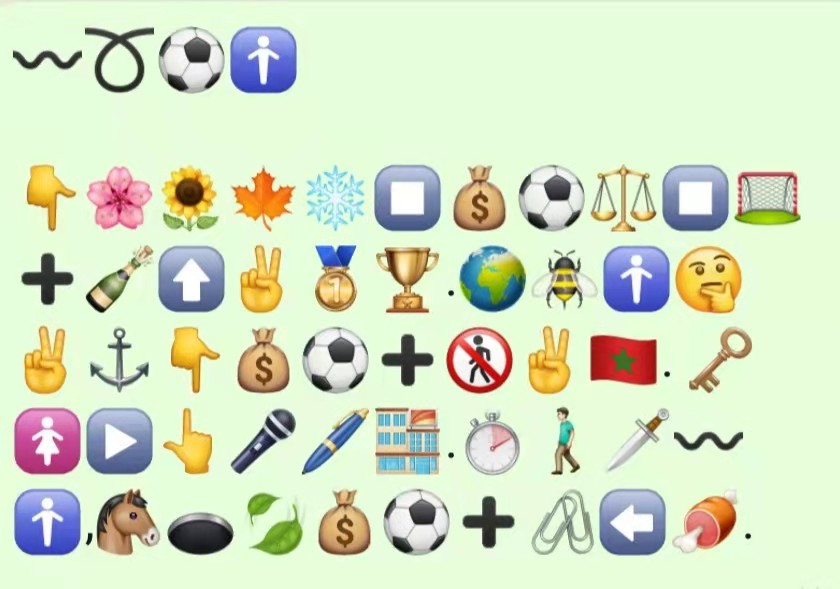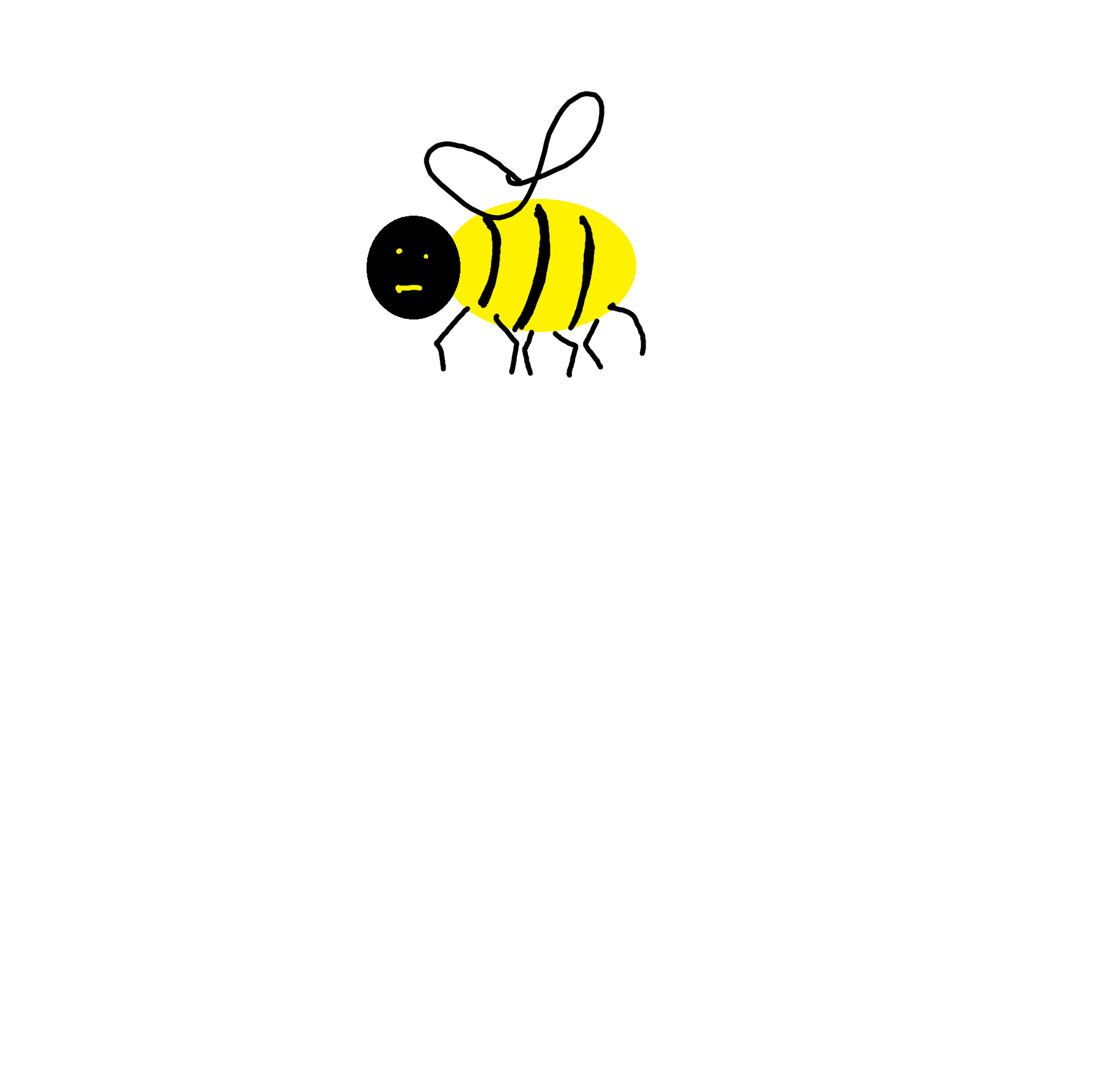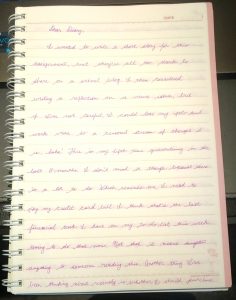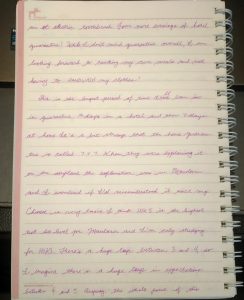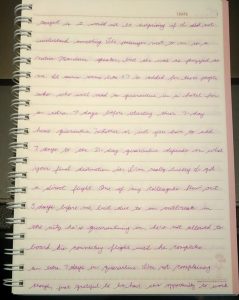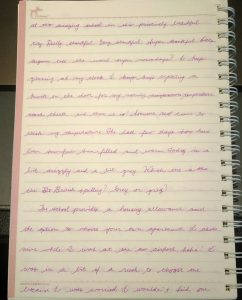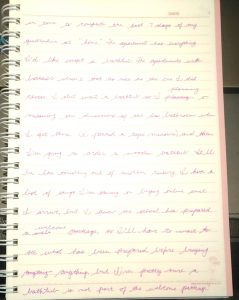Chris’ post made me reconsider how I use emojis, especially the “shared understanding” portion of his post because it made me realise how I tend to use emojis to be indirect in certain conversational contexts.
Another reason I’ve chosen to link Chris’ post is his choice to focus on meaning and words when he translated his summary into emojis, noting that using syllables would make the activity too similar to charades. His point is fair and valid. At first, I felt that method was superior to the one I chose, but after reflecting on my summary, I decided to keep it as is. My summary had a lot of nouns and while there were nicknames that I could have translated using meanings and ideas instead of syllables, I felt that a summary should be as objective as possible. However, I do admit that there is one character who I translated using a nickname that I and many people in the WebSphere have started using.
I responded to Chris’ T6 post with the following comment:
It looks like you summarised a crime show like NCIS?
I know that there were some parts I did not understand, but here’s my interpretation: A baker poisons his rival. His rival seems to make a miraculous recovery from the poisoning but in the end, he dies. The baker accidentally kills his love interest so his love is forever unrequited. A detective team investigates and arrests him for murdering the two people.
To me what you said about using emojis to send a message quickly makes sense. Your first paragraph made me think about how I use emojis. Unlike you, I use emojis in both professional and personal contexts. I only use emojis professionally after someone else uses them, and I often use them when I receive texts from colleagues outside of work because they are quick to send and more polite than sending one word responses. I’m not sure what the shared meaning would be in this kind of context would be.
